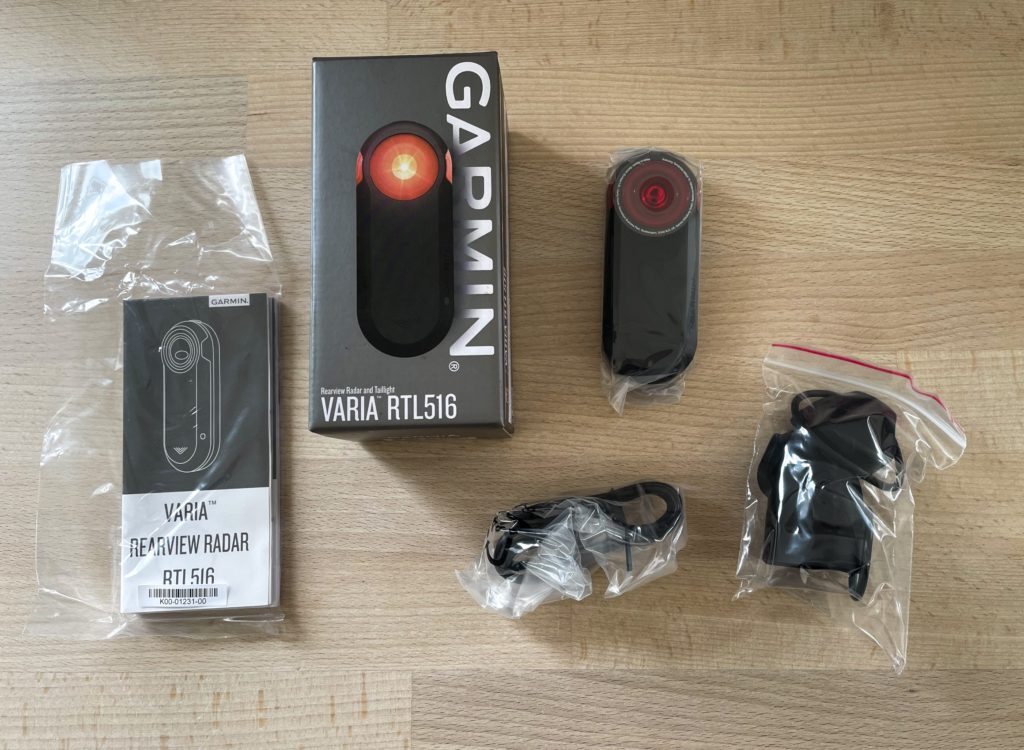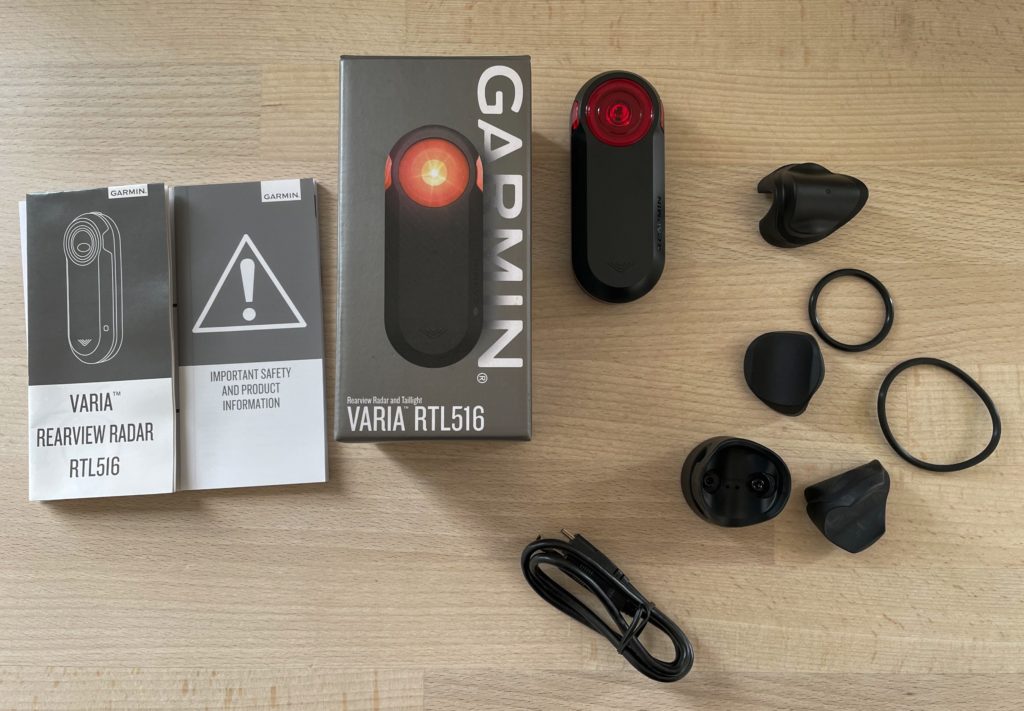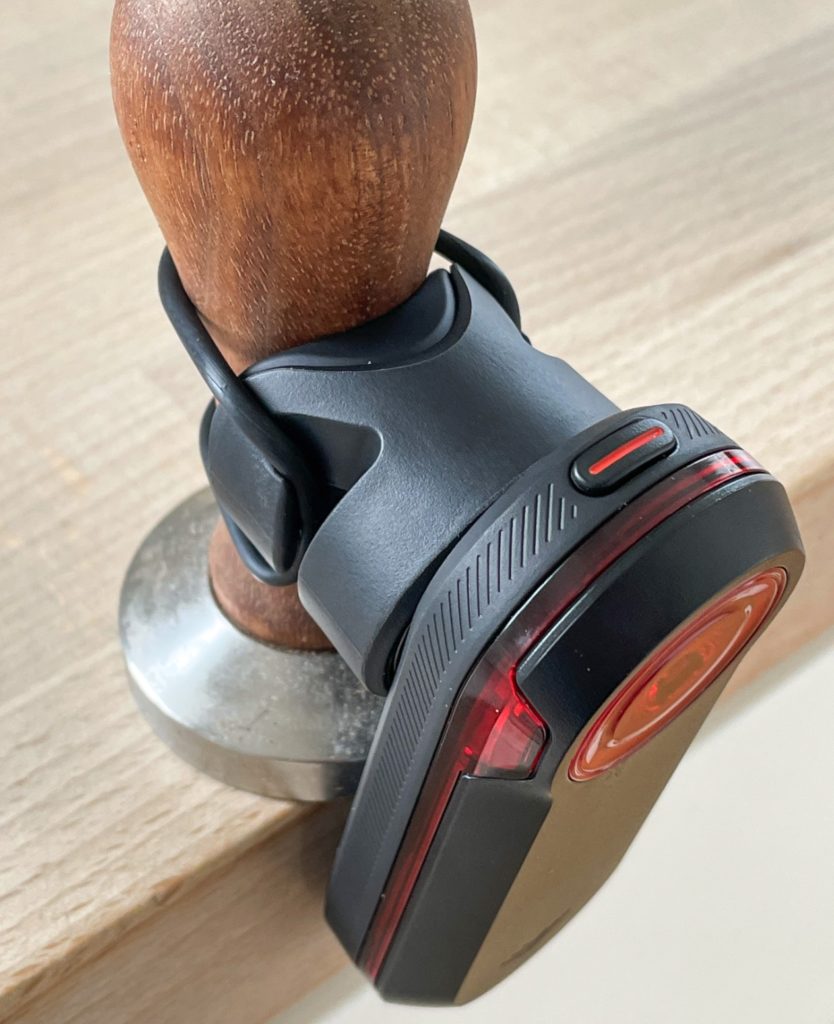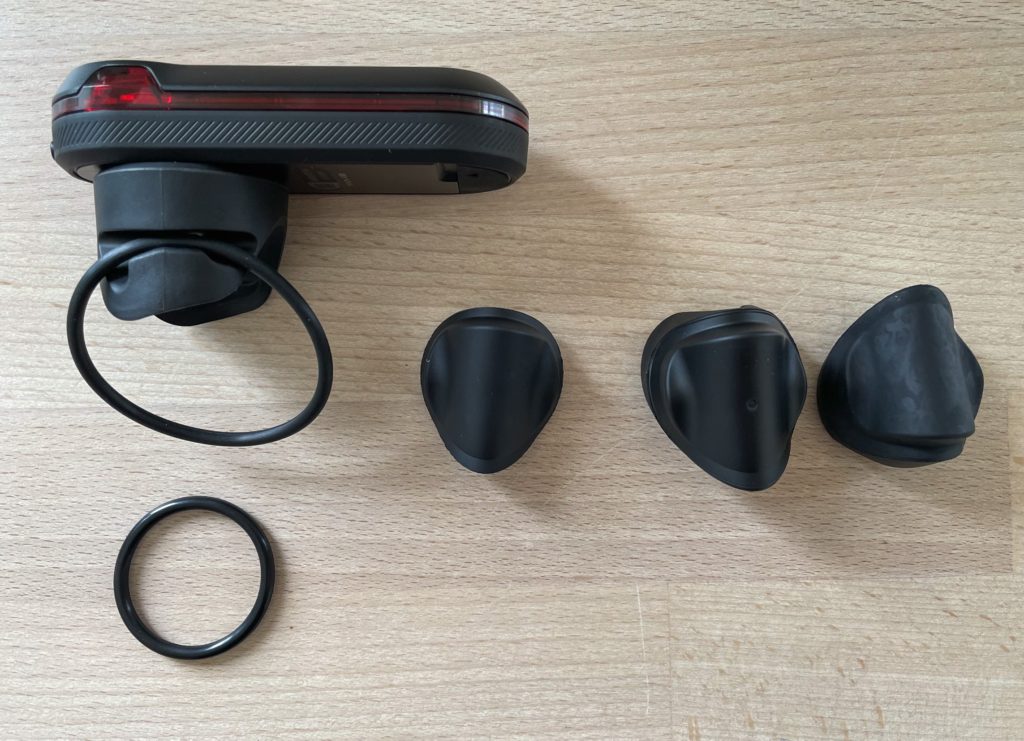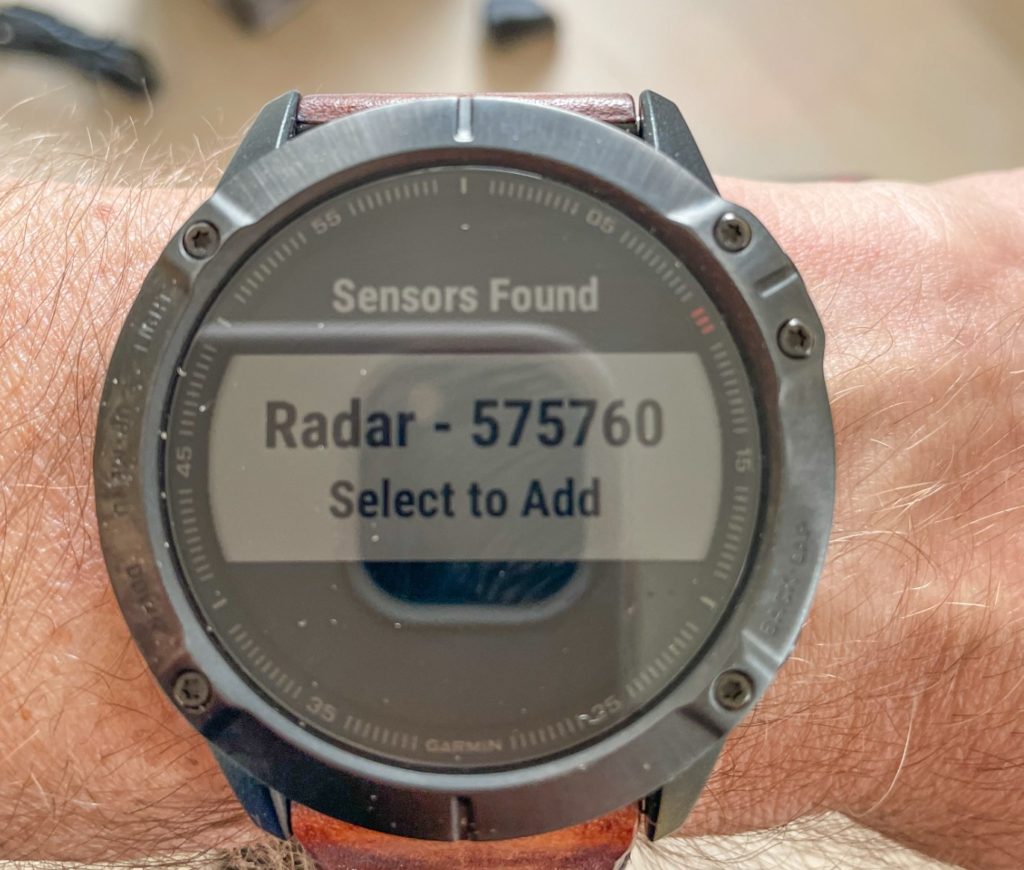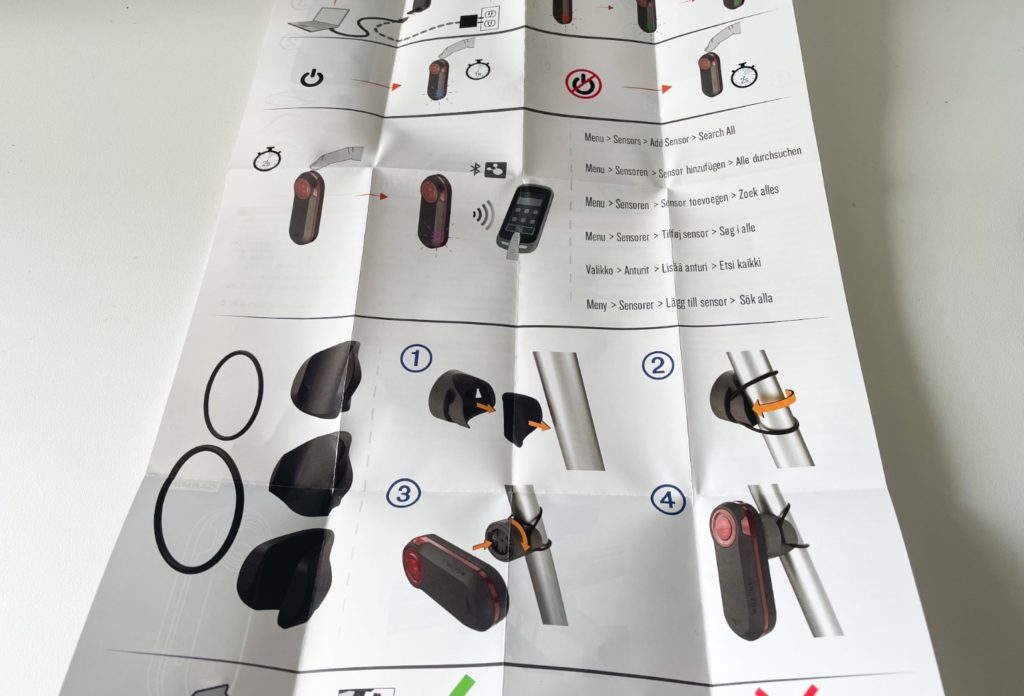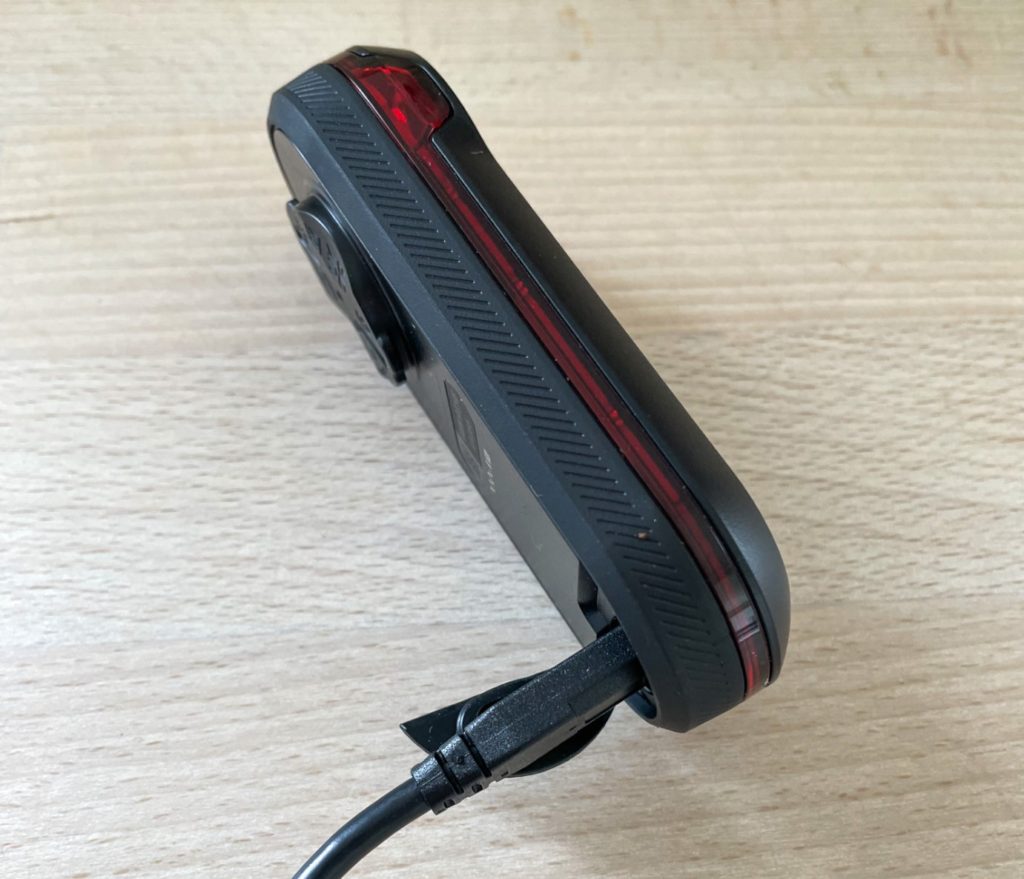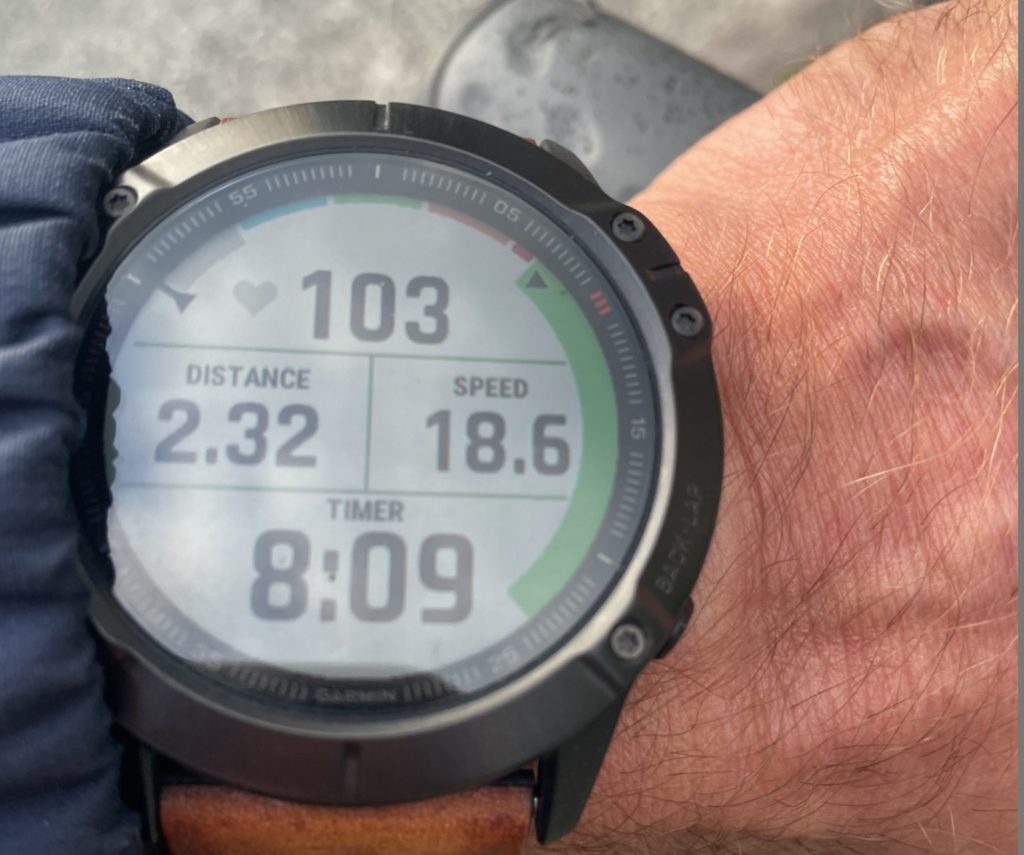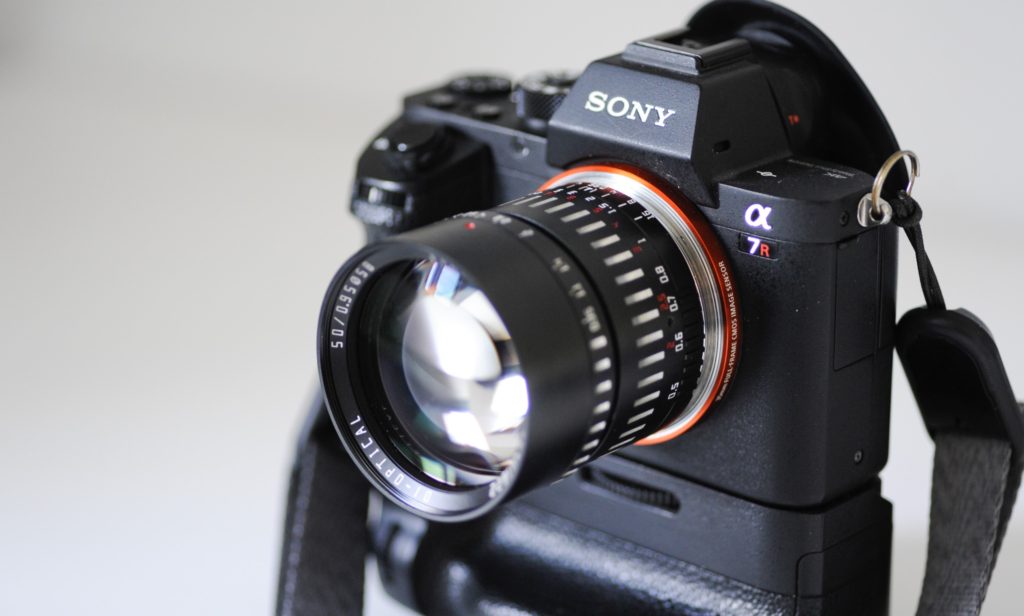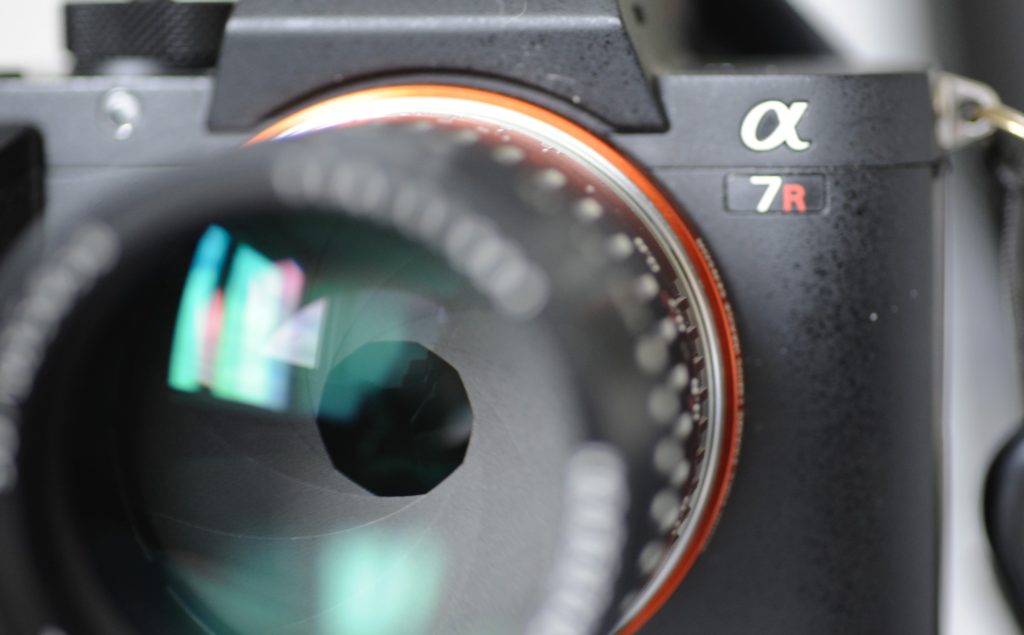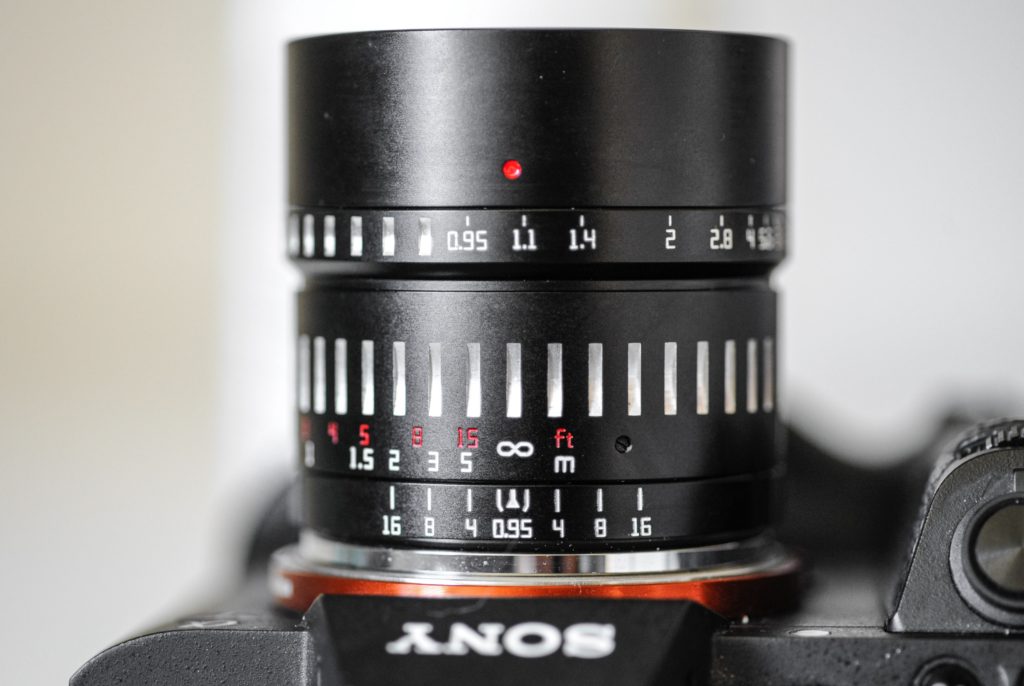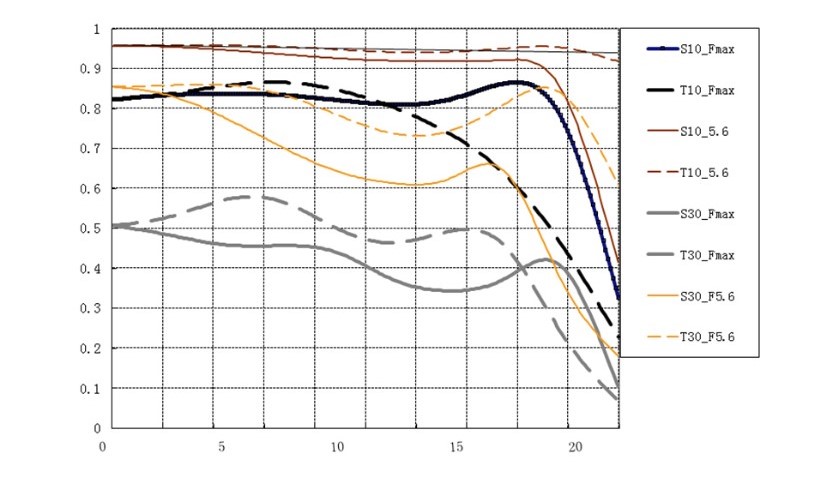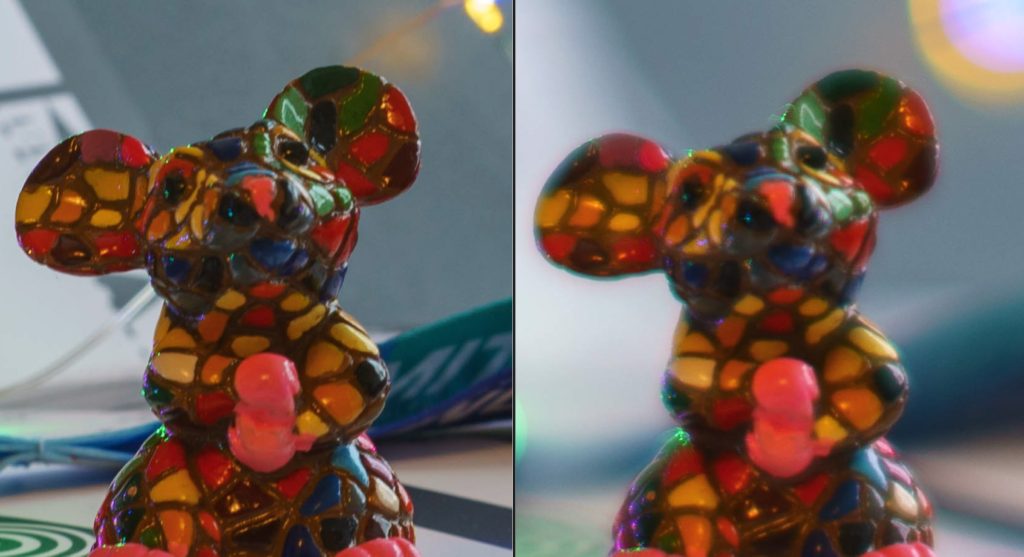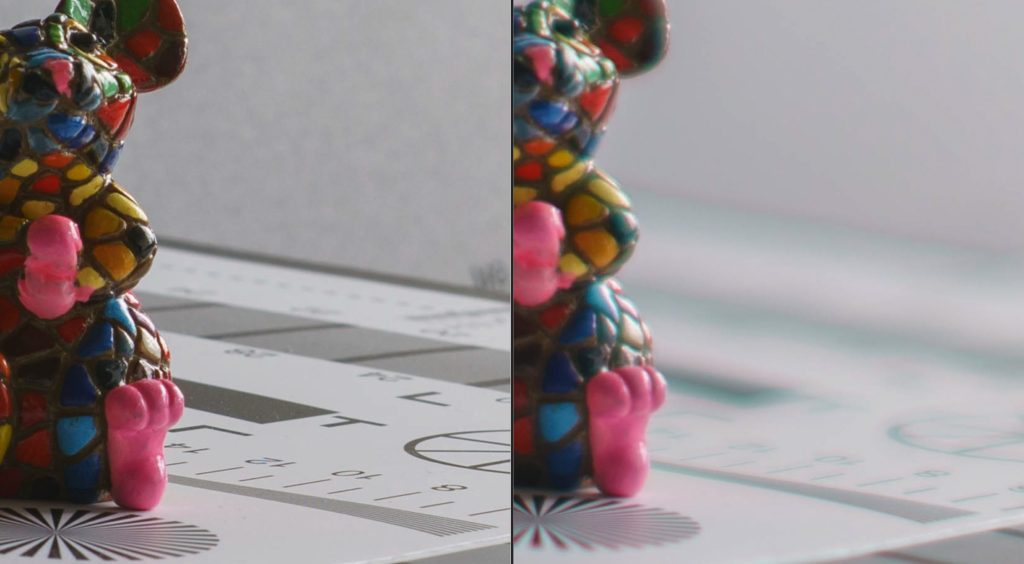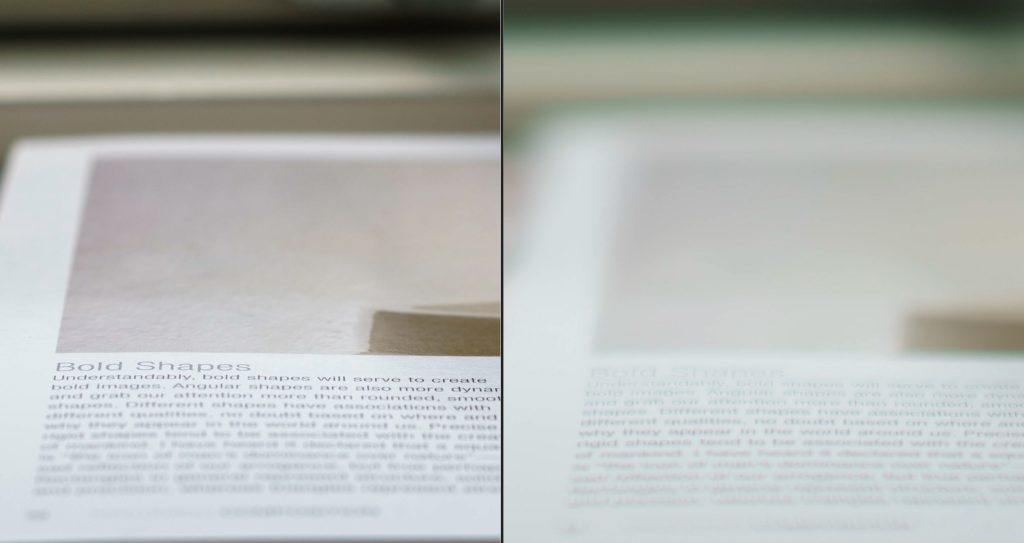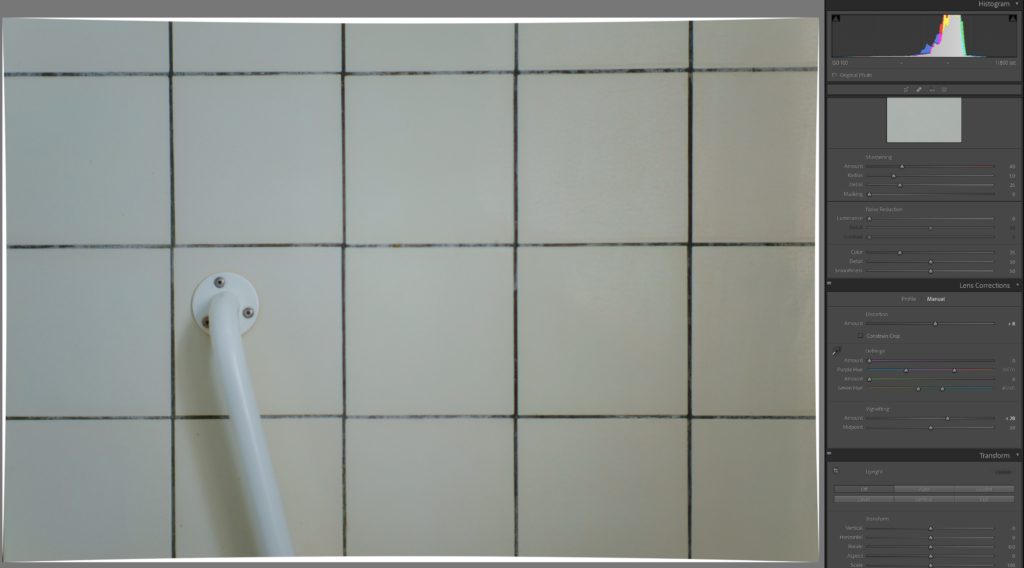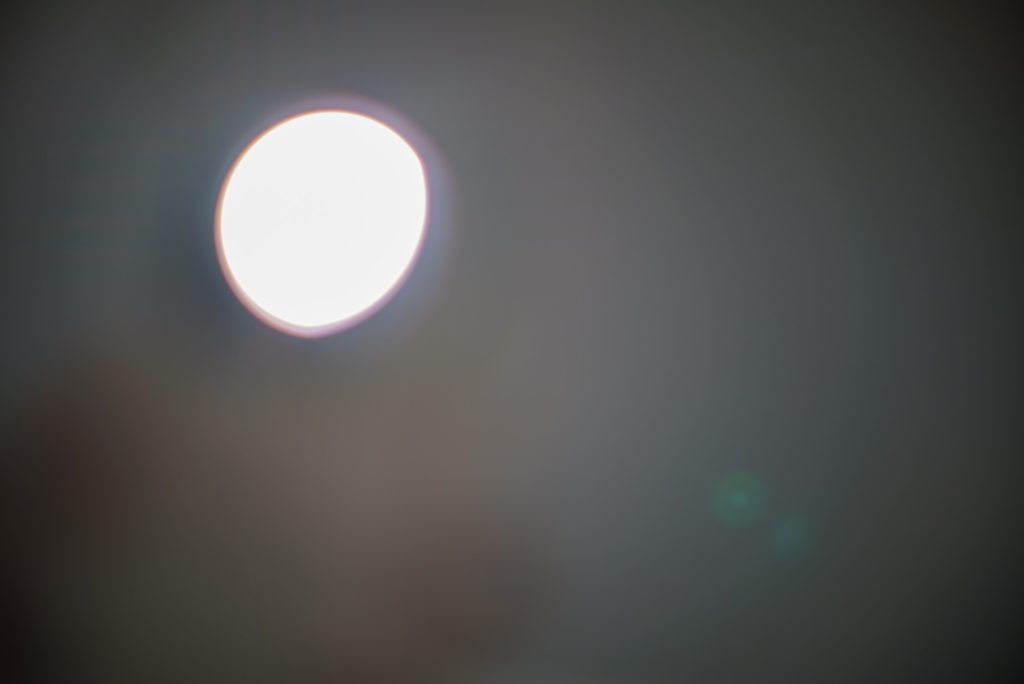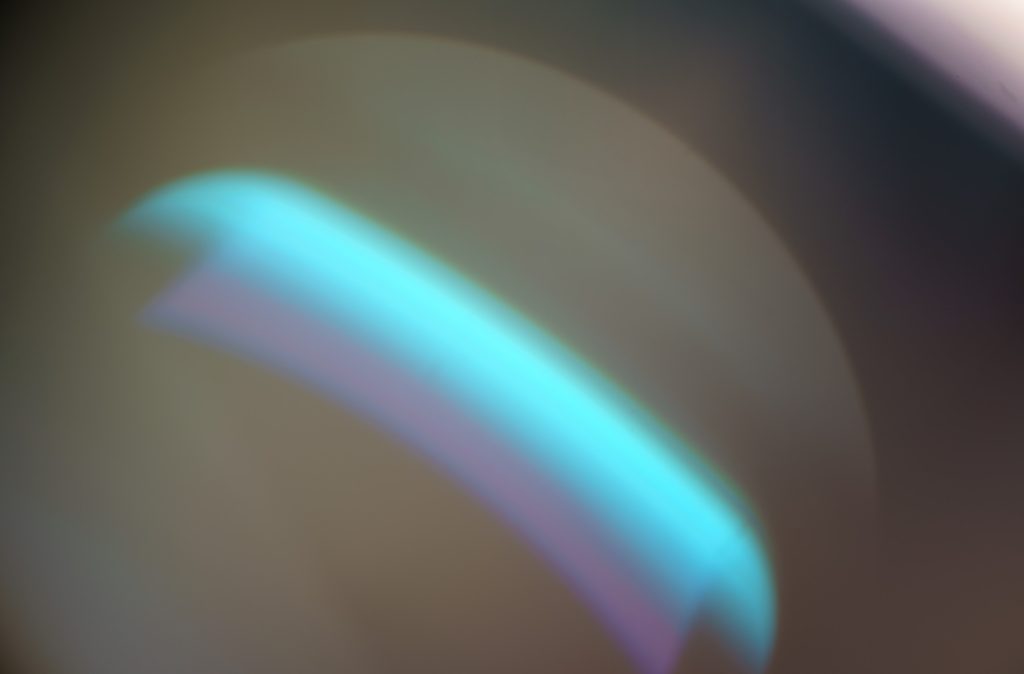Skeptical!
When it comes to robots that help out in the garden or in the house, I am a bit skeptical. Some years back I had one of the first robot vacuum cleaners that was mass produced, and to make a long story short, it was not a good experience. Also, I have two different robot lawn movers, and that is also a mixed bag of experiences.

So maybe my excitement when it comes to the Roborock S7 is rooted in bad experience with other products. That is hard for me to say. But with that said, the rest of this blog will be one long praise of the Roborock S7, simply because I find that it is a brilliant product at a price point where it delivers value far beyond the retail price of 450 EUR (Denmark, Europe).
What is it?

The Roborock S7 is a vacuum cleaner robot, that also facilitates light cleaning with a wet cloth for hard surfaces. It is smart in the sense that it can see the surface it is cleaning, and for example when it cleans a carpet, the vacuum motor powers up to give max suction.
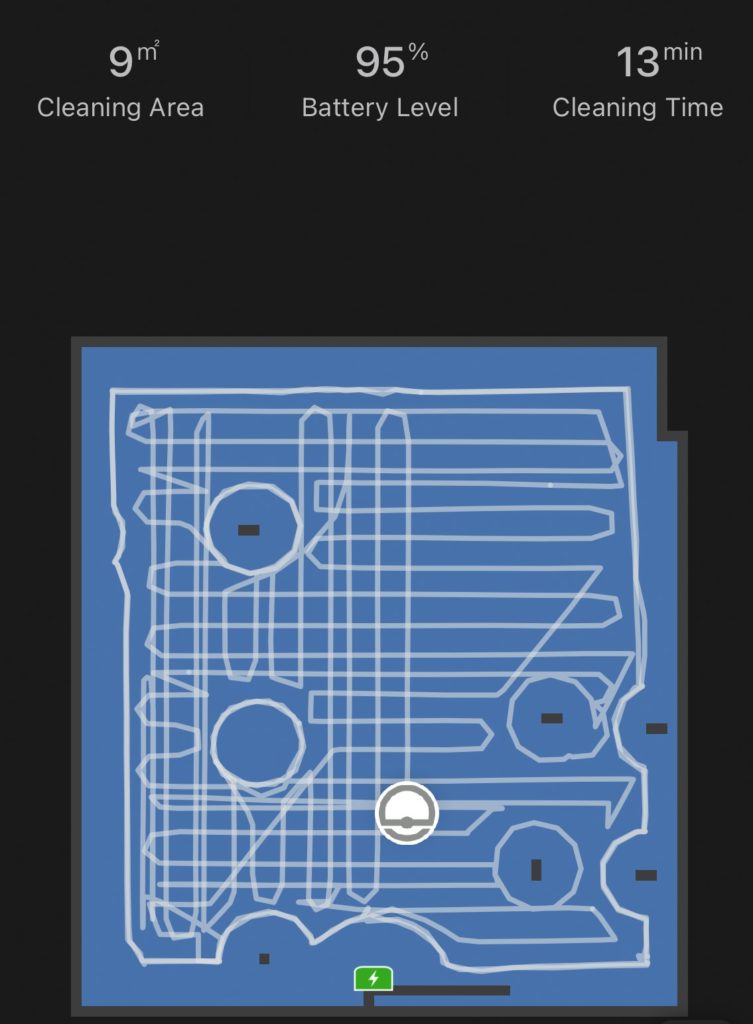
It is also very systematic. It first walks the perimeter of the room to find the size and direction, and after that starts cleaning both horizontally and vertically. It is not like a lawn mower robot that takes pride in doing a random pattern – the Roborock S7 cleans in vertical and horizontal lines as depicted in the image above, taken from the app. You can also see where it has identified legs on the furniture and how it has walked around these obstacles in a circle, making sure to clean very close to these.
Is installation cumbersome?
Installation is easy. You download an app, and connect your smartphone to the WiFi network the Roborock provides. Then the Roborock uses the information provided by the app to log on to your Wifi (it needs the SSID and password) and after that the Roborock logs on to your WiFi network and you can now control the functions via the app. And you can follow the Roborock working via the app as the image above illustrates.
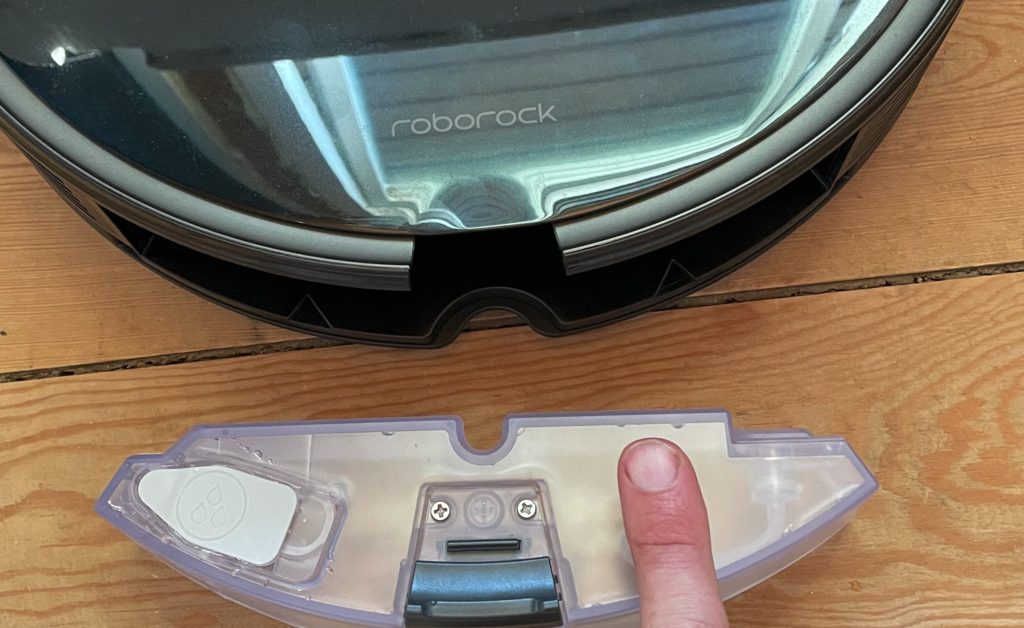
Another thing that makes the Roborock easy to work with is that every time you have done some change, like installing the water container at the rear of the Roborock, it will confirm with a computer voice what you have done. In the beginning I found this a bit annoying, but after a little while I started to appreciate the confirmation that the operation was successful.
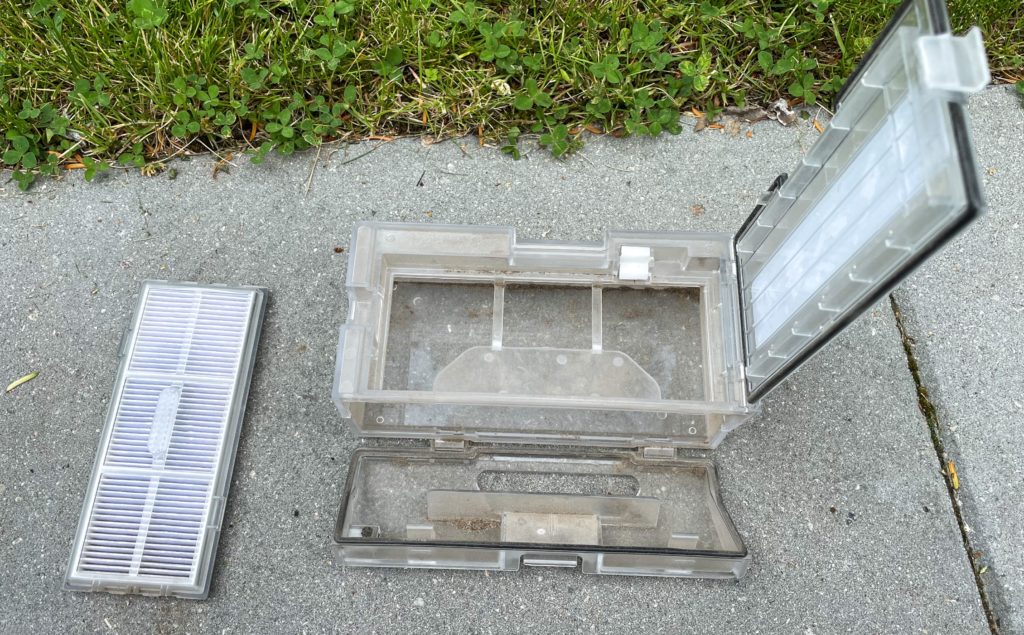
The dust bin is accessed via a lid on top of the Roborock. It is easy to pull out and clean, and maybe the only complaint that I have is that it is also relatively small, so it runs full easily. However, after running the Roborock in a room for the first time, the second time picks up very little extra dust. So my take is that if you let the Roborock clean on a regular basis, the small dust bin will not be an issue, simply because there is not much dust to collect.
Does it work in real life?
Yes. First of all, the battery life is good. It can cover a lot of square meters in a single charge. And you can follow the battery percentage left in the app. I did notice that it takes a bit of time for the Roborock to charge, but as it in my case returns to charge when the job is done, this is less of an issue. I have not cleaned areas bigger than 45 square meters at the same time.
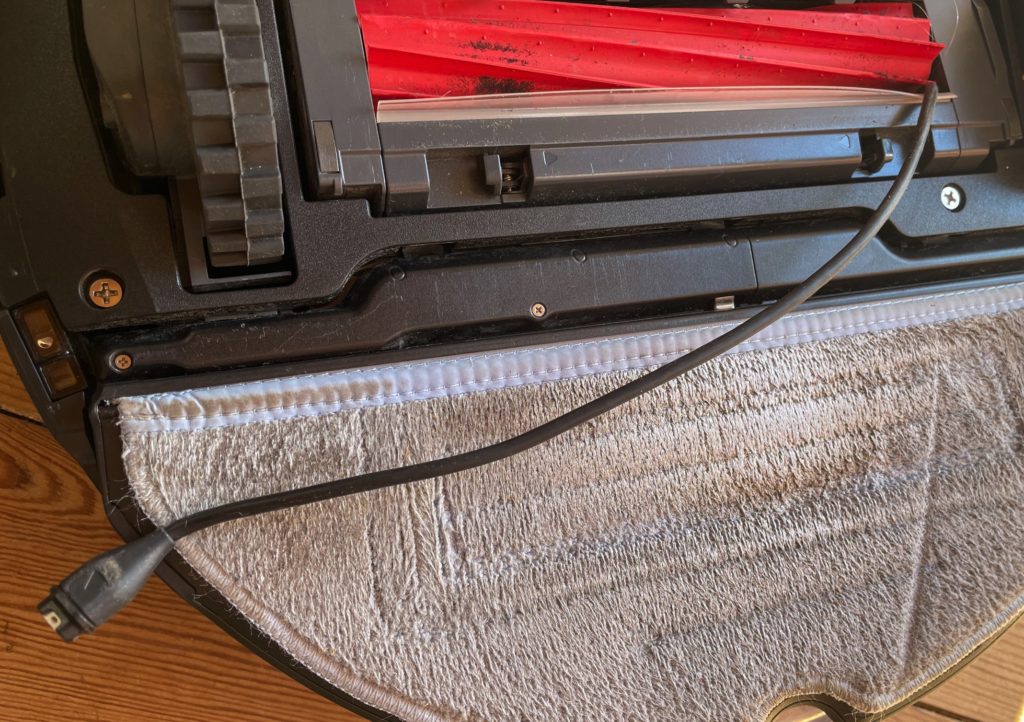
The same rules applies for the Roborock as for normal vacuum cleaning: the less items on the floor, the better the Roborock can get the job done. For large furniture like a bed, the Roborock does an excellent job cleaning around the legs very thoroughly. But of course, if you can remove obstacles and e.g. put dining chairs on the table prior to starting the Roborock, then you will get a better result. Also, as the Roborock is very systematic, it will find and pick-up anything that is left on the floor. In the image above, I forgot at small cable on the floor, and it got caught in the rotating parts of the Roborock. This halted operations, and I was notified via the app.

It also does cleaning edges really well. It does not only run along a wall or an edge, but constantly tries to “attack” the wall by driving slightly into it, meet its master, give up and go a bit out again, only to repeat the “attack” a bit further down the line. It is very convincing and makes sure the cleaning gets as close to the edges as possible. The Roborock has a small bumper so it can “feel” obstacles before it hits them, so no need to worry that these “attacks” will hurt your walls or furniture. It is gentle, but persistent.
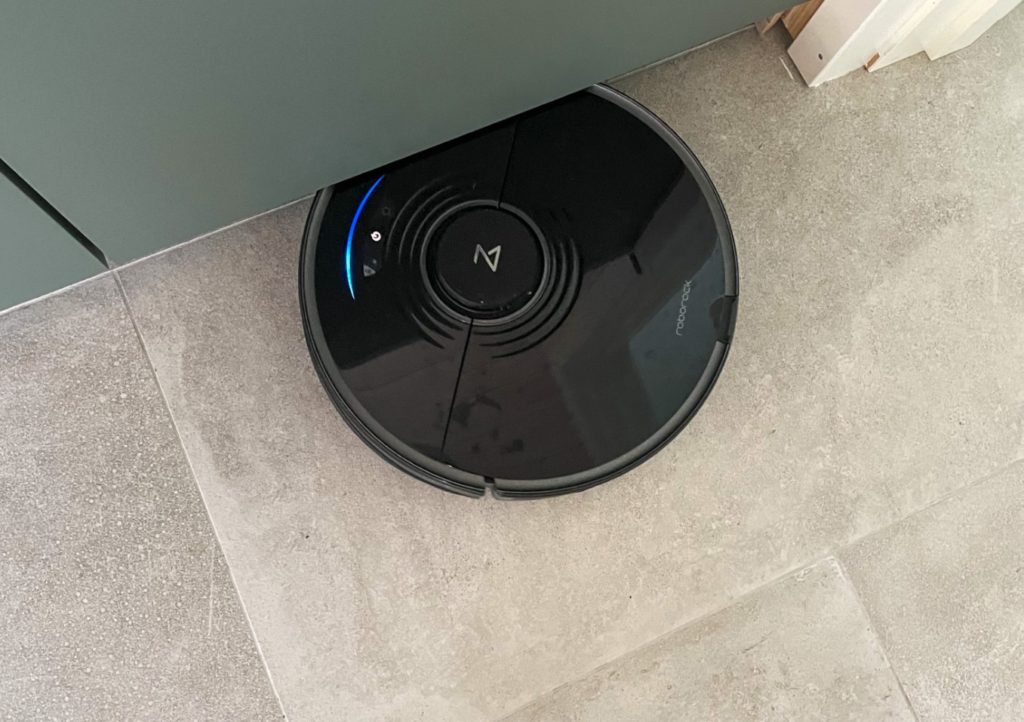
The Roborock is low and easily finds it way under a table, a sofa and a bed. In my kitchen it is too tall to make it all the way under the kitchen cabinets, but it cleans some way under the cabinets (se image above) and does so well.
The little rotating arms at the side of the Roborock finds outside the main cleaning area and “throws” into the middle of the Roborock, that then picks it up there. These arms are prone to be tangled up in hairs and the like, but I find that cleaning them is easy.
Does the cleaning mop work?
Yes, if you don’t expect miracles, i.e. that it looks like you have been scrubbing the surface 100 times with a hard brush. That is not what happens.
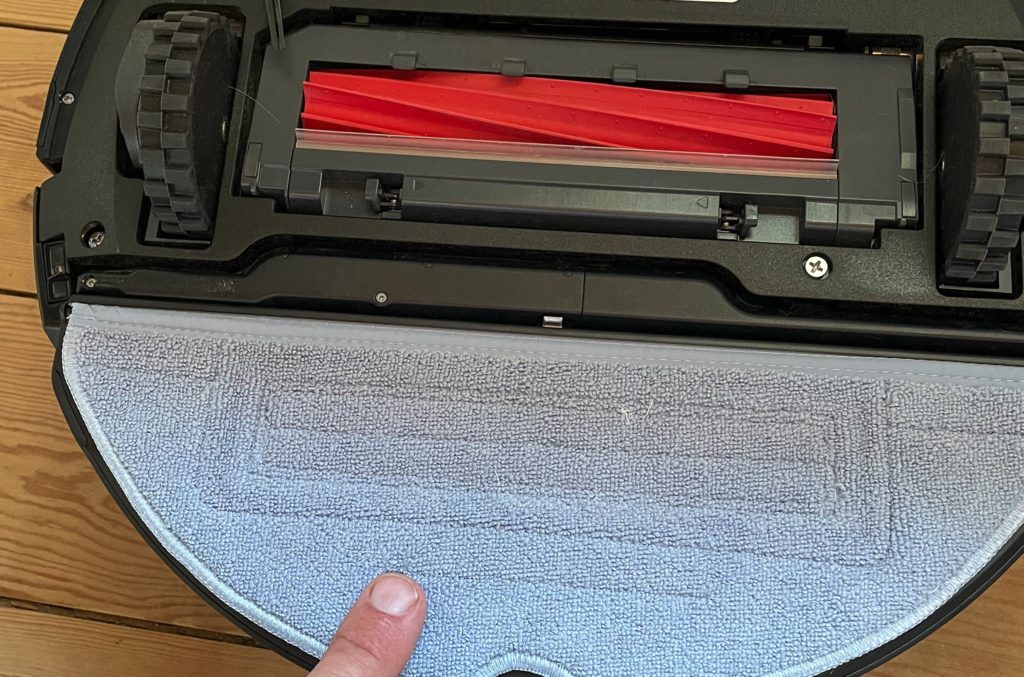
The Roborock simply drags a wet cloth over the floor to wipe it clean. And it of course detects if the surface is a carpet, and lifts the mop.

The water reservoir is intended to keep the cloth wet during cleaning, but I find it works the best if you start with a wet piece of cloth at the outset, so the water reservoir is only used for “topping up” the moist of the cloth.
How long time to clean?
The largest area I have asked the Roborock to clean is 39 square meters. It took the Roborock 72 minutes to complete the work and the battery level dropped to 53%, starting at fully charged.
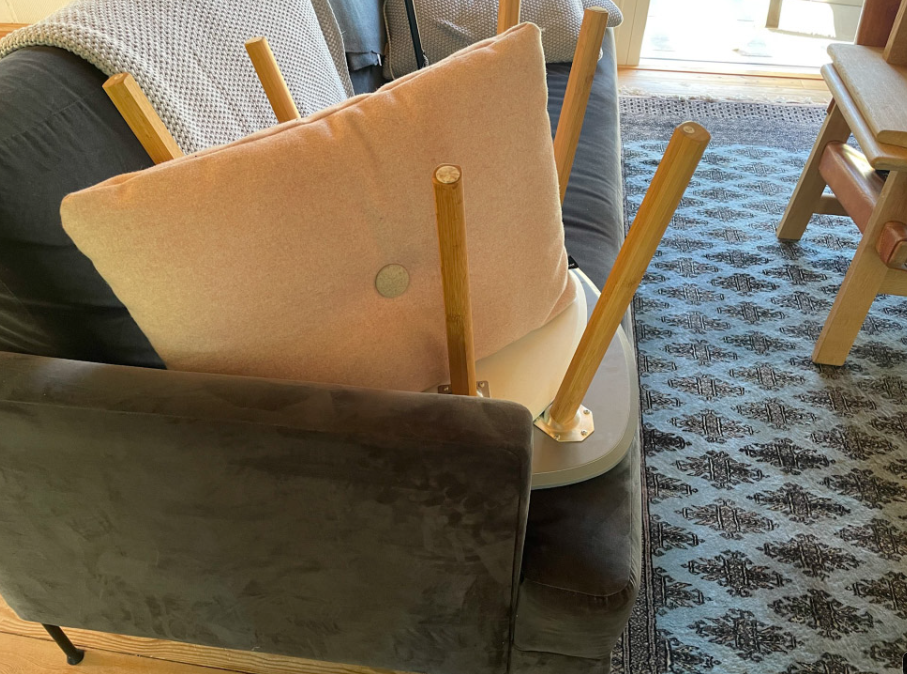
As you can ask the Roborock to go to work when you are not at home, the time required to clean your home may be less important. You can help the Roborock cleaning better by removing furniture from the floor. i.e. take small tables and chairs away from the floor by lifting them to higher ground, i.e. a sofa or a table. Pretty much like you would if you were to clean yourself. This will also make the Roborock work a bit faster, as it can get the job done in fewer uninterrupted sweeps across the floor.
Can I recommend the product?
Yes. We bought the Roborock 7 for the summer cottage, but we are seriously considering buying one for the home. It is that good. And it is priced very reasonably, so we are tempted. Think you will be as well.
Related reading

